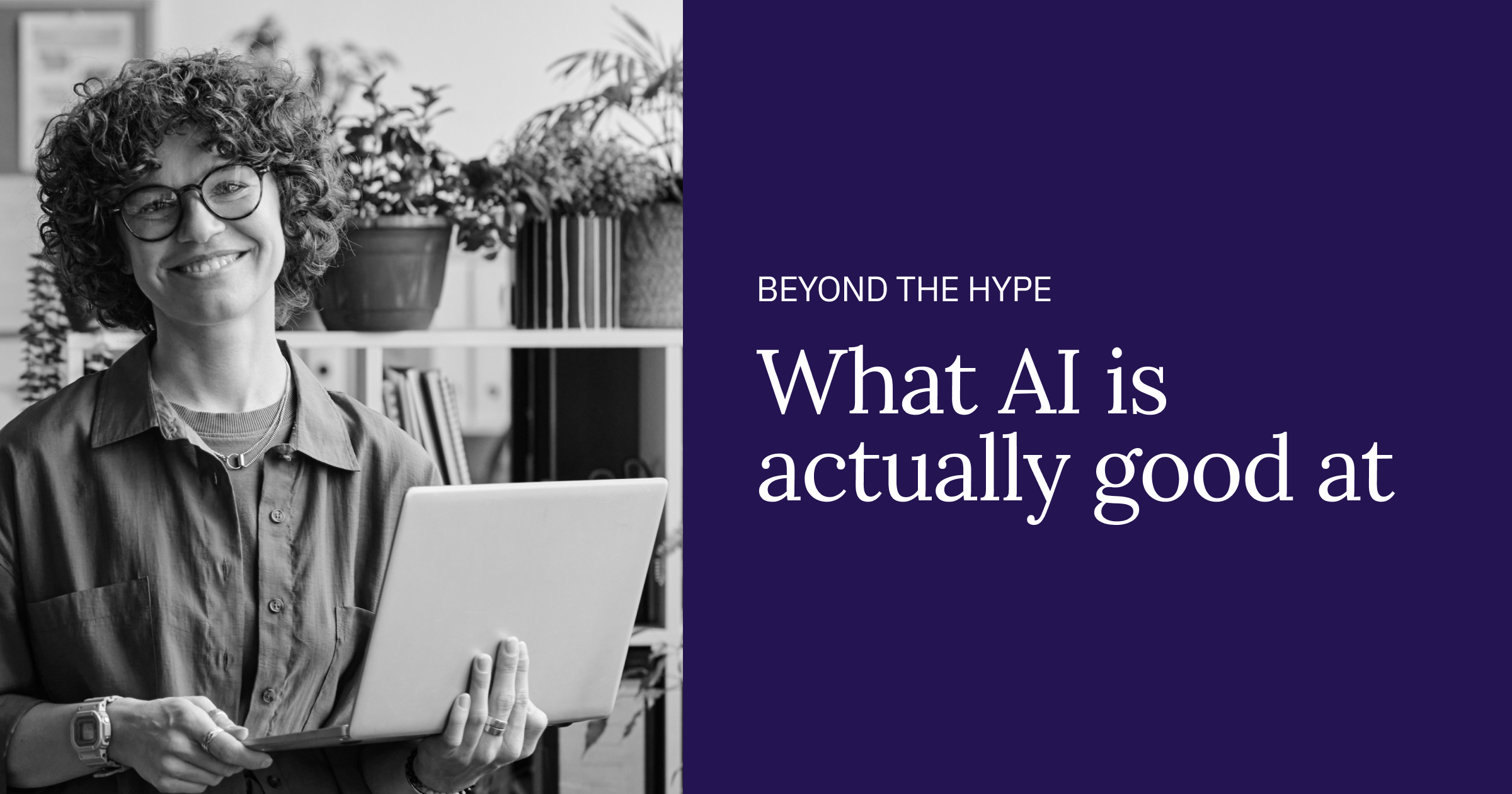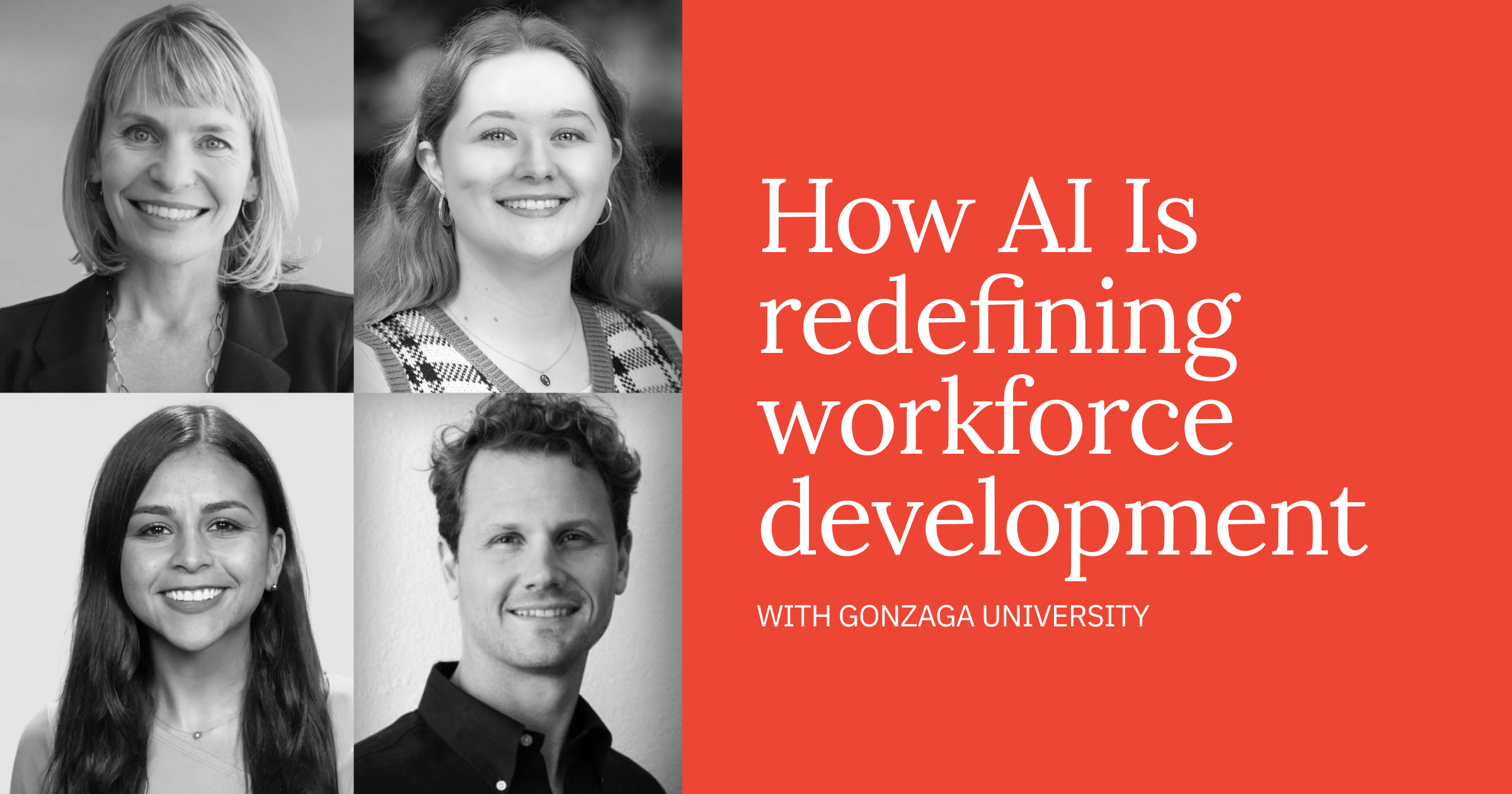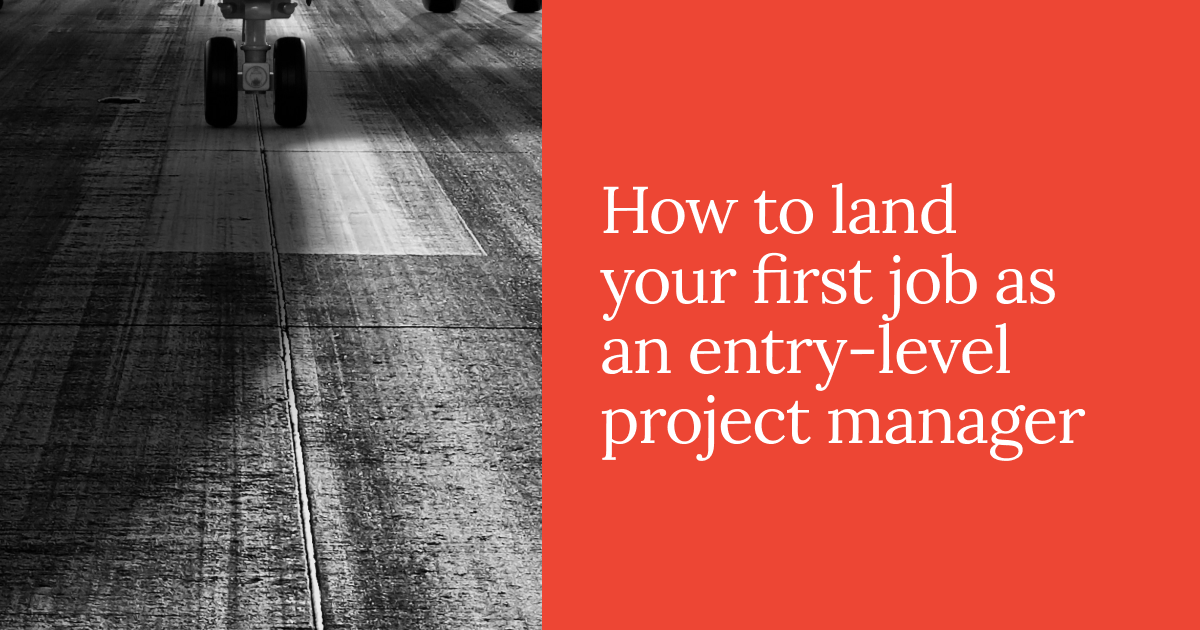
Artificial intelligence is no longer a futuristic concept—it’s a foundational layer of today’s workplace. But AI’s influence goes beyond chatbots or generative text. Increasingly, it is driving workflow automation, reshaping how tasks are executed, how decisions are made, and how teams collaborate.
From construction and supply chain logistics to customer service and even quick-service restaurants, AI-powered workflows are being quietly (and sometimes dramatically) integrated into everyday business operations.
Recently, some of the subject matter experts behind Ziplines’ AI-Powered Automated Workflows course came together to discuss how this evolution isn’t just about replacing tasks. It’s about augmenting human decision-making, increasing efficiency, and enabling professionals to focus on more complex, strategic work.
Beyond the hype: what AI is actually good at
As AI tools become more accessible and user-friendly, a key question emerges: Where does AI make the most impact—and where doesn’t it?
AI excels at processing fuzzy, imprecise information from diverse sources and making sense of it. When combined with automation tools, these systems can “act on your behalf”—sorting information, initiating actions, or triggering responses.
But this doesn’t mean AI is always the right solution.
“Sometimes the best solution is removing a step altogether,” said Michelle Lentz, chief technologist and AI strategist at Innovate-Elevate Strategies. “Jumping into automation without a clearly defined problem leads to a solution in search of a problem.”
This mindset shift is critical. Teaching learners to frame problems, assess their complexity, and determine the right tool—whether that’s automation, manual revision, or deletion—is a key component of workforce readiness.
The rise of no-code tools and systems thinking
One of the most encouraging developments in AI education is the emergence of no-code platforms—tools that allow non-engineers to build sophisticated automations without writing code. Platforms like Make.com, Zapier, and n8n enable professionals from all disciplines to participate in digital transformation.
But the real differentiator isn’t tool proficiency—it’s the ability to think in systems.
“Success in automation isn’t about knowing Python,” said AI educator and strategist Danoosh Kapadia. “It’s about understanding workflows, friction points, and how to design logic-based systems that serve a real function.”
This distinction is especially important for learners in non-technical roles. It reframes AI education as a matter of strategic thinking and communication, not just technical execution.
Process mapping: a practical skill with strategic value
Process mapping emerged repeatedly in expert conversations as a foundational practice for AI readiness. At its core, process mapping involves documenting the steps, triggers, stakeholders, and data inputs involved in a workflow.
Why does this matter?
It visualizes complex systems, allowing teams to spot inefficiencies and duplication.
It brings clarity to who is affected by an automation—and how.
It supports better communication across cross-functional teams.
“Process mapping is the conversation blueprint,” said Susan Morrow, founder and CEO at Third Road. “It ensures everyone understands the system before changes are made.”
In an era of increasing digital complexity, the ability to map, analyze, and communicate about processes is becoming a critical skill across industries.
Human-in-the-loop: ethics, oversight, and trust
Another recurring theme in expert discussions was the importance of keeping humans in the loop. Even as automation becomes more sophisticated, there are categories of decisions that should remain squarely in human hands—particularly those involving ethics, high-stakes outcomes, or ambiguity.
The concept of human-in-the-loop originated in the early days of AI and remains deeply relevant today. Experts advised educators and employers alike to ask:
- Where is human oversight essential?
- What kinds of decisions require judgment or empathy?
- How can we design systems that flag when intervention is needed?
“AI can support a medical diagnosis,” said Kapadia, “but the final call—especially when lives are at stake—should be made by people.”
This framing reinforces the idea that AI is a partner, not a replacement, and that ethical implementation starts with system design.
Building confidence through hands-on practice
Reading about automation is one thing. Designing it, troubleshooting it, and deploying it are another. Experts were unanimous: there is no substitute for hands-on experience.
“Watching a video won’t make you an automation strategist,” said Morrow. “You need to map a process, implement a workflow, and get feedback on what works and what doesn’t.”
This insight is particularly relevant for education leaders considering how to integrate AI into professional learning. Experiential learning—whether via case studies, sandbox tools, or real-world projects—builds both competence and confidence.
Looking ahead: what educators should prioritize
The conversations with AI practitioners surfaced several takeaways for higher education leaders, particularly those involved in continuing and professional education:
1. Prioritize applied learning
Learners need more than theory. They need real-world scenarios, practical tools, and opportunities to solve meaningful problems.
2. Emphasize systems thinking
Encourage learners to think beyond tools—help them visualize and analyze workflows, processes, and logic.
3. Balance ethics and innovation
AI education must include discussions of bias, judgment, and when to rely on human decision-making.
4. Make space for non-technical learners
Design programming that’s inclusive, especially for professionals from industries that have been slower to digitize.
5. Stay grounded in the present—but future-oriented
AI’s full potential is still emerging. But professionals don’t need to wait for perfection—they need frameworks for experimenting, evaluating, and adapting now.
Education as a catalyst for AI readiness
Preparing learners for the AI-powered workplace isn’t just about technology. It’s about mindset, communication, and collaboration. The more we equip professionals with frameworks to think critically, tools to act practically, and opportunities to experiment safely, the better prepared they’ll be to navigate what comes next.
“We’re in the early stages of something as transformative as the internet,” said Lentz. “Now is the time to build the skills and confidence to shape it.”





